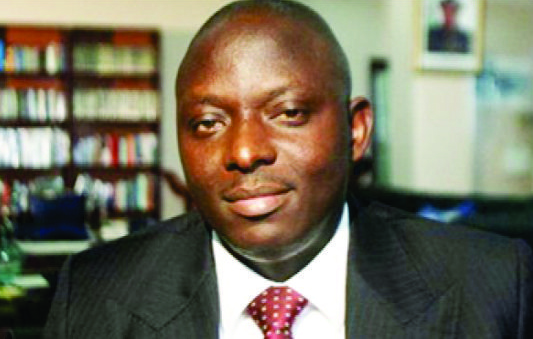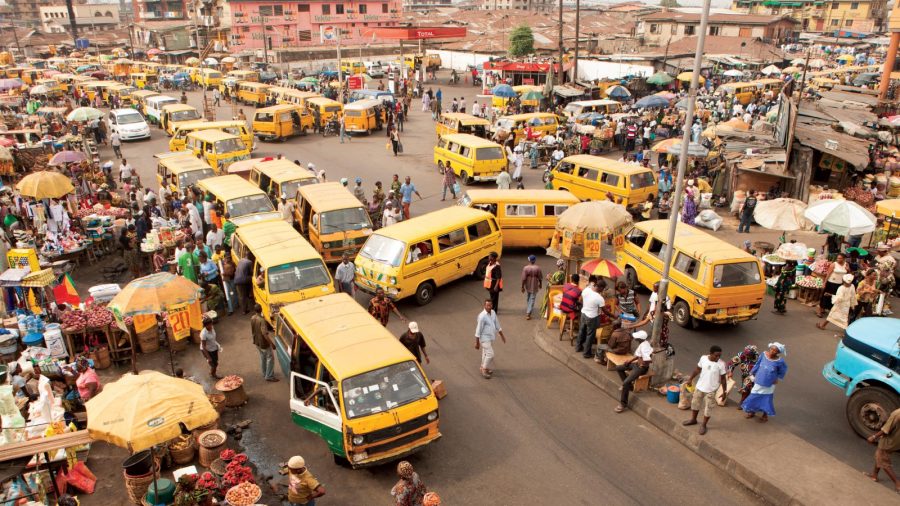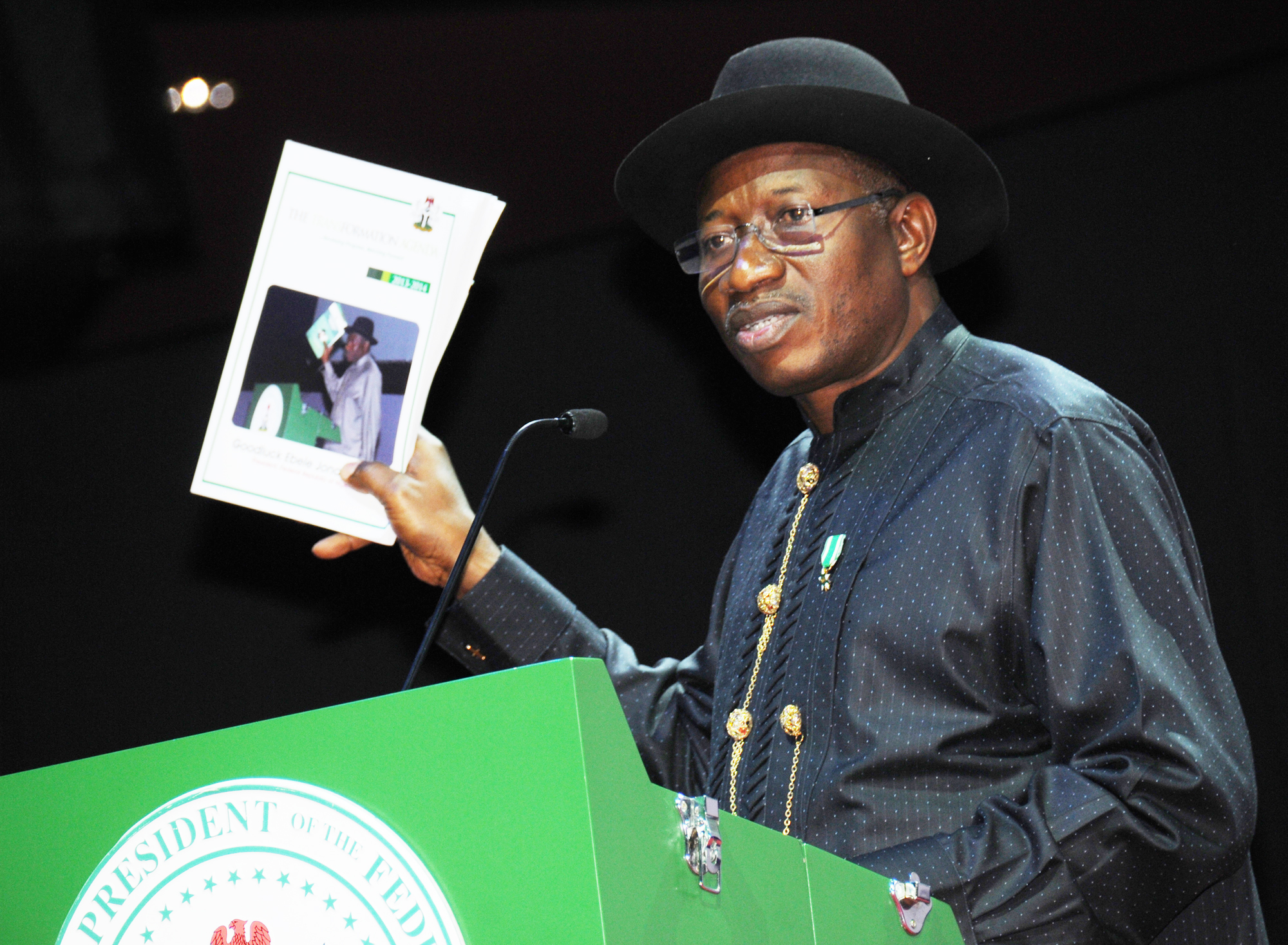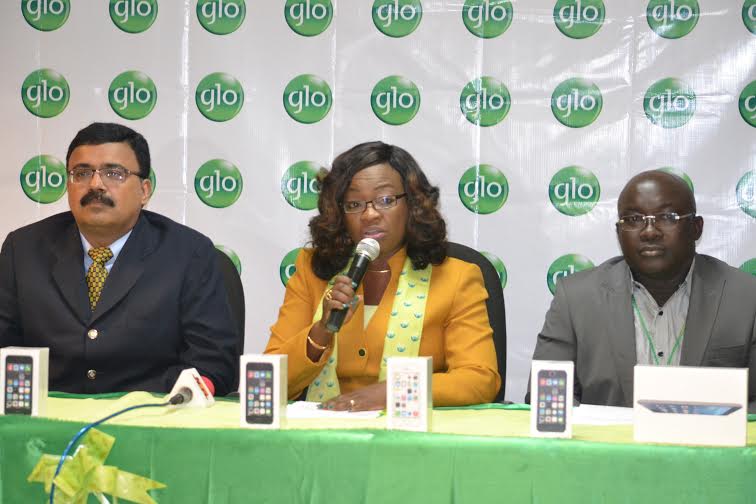The Nigerian Maritime Administration and Safety Agency (NIMASA) has continued to forge ahead in carrying out its mandate in the areas of Capacity Building, Maritime Labour and Maritime Safety, within the Nigerian Maritime sector. We have attained further milestones in the last 12 months.
Capacity Development
Nigerian Seafarers Development Programme (NSDP): The Agency places emphasis on human capacity development for the present and the future mindful of its critical role in exploiting the potential of the sector. Under the Nigerian Seafarers Development Programme (NSDP), which started five years ago, over 2,500 young Nigerians have benefitted or are currently enjoying various levels of sponsorship in schools in the United Kingdom, Egypt, Romania, India and Philippines.
The first set of 23 qualified seafarers under the scheme have already emerged from the Arab Academy for Science Technology and Maritime Transport, Egypt having completed their sea time training and earned their Certificates of Competencies (CoC). Fourteen of them graduated with first class Honours, while one of our students emerged the best overall graduating student from the Institution this year.
Advertisement
We are not relenting in our quest to ensure that all beneficiaries of this programme acquire sea time training, which was a challenge in the past. At the moment, 51 of our students are at sea acquiring their sea time experience on various ocean-going vessels. Another set of 33 are also ready to join their colleagues at sea before the end of August 2014. We have no doubt that in the next five years Nigeria would have produced a sizeable number of seafarers.
Nigeria Maritime University: While we acknowledge the medium term gains of the NSDP, NIMASA is mindful of the huge funds expended on the programme. As a forward looking Management, this administration has tailored a long-term solution to the dearth of qualified professionals in the Nigerian Maritime sector; hence it conceived the Nigerian Maritime University (NMU).
The university will produce high level manpower for Nigeria’s maritime/shipping sector on sustainable basis. It will provide training for seafarers, master mariners, marine engineers, naval architects, nautical scientists and other specialised maritime/shipping trade skills. The NMU is envisaged to become a Centre for Excellence in innovative research for the maritime sector in the West and Central Africa sub-region when it fully evolves.
Advertisement
President Goodluck Ebele Jonathan performed the ground-breaking ceremony of the University at Okerenkoko and also flagged-off activities at the university’s temporary site in Kurutie, both in Warri South West Local Government Area of Delta State. There is an on-going effort to source for technical collaboration with foreign maritime institutions. This partnership will assist NMU to develop a structural academic programme, which is essential to strengthening the quality of the university’s training programmes.
NIMASA Shipyard & Dockyard: The vision behind the NIMASA Shipyard and Dockyard, located in Okerenkoko is to have a world-class building and repair facility that will be commercially viable to transform the nation’s economy. The project is being developed in two phases. Phase one is the ship building facility to handle smaller vessels and maintain ships plying the nation’s inland waterways while the second phase is planned for a facility that will handle ocean-going vessels and offshore installations which will serve the oil and gas industry.
The ship and dockyard facility is a response to a major infrastructural capacity gap that has negatively affected the sector’s performance. An important pillar of our Cabotage regime is possession of indigenous capacity to build and maintain vessels for the Cabotage trade. Having in-country capacity for shipbuilding and maintenance is very crucial for the attainment of the Cabotage policy objectives. It is in pursuit of this critical requirement that we conceived the shipyard/dockyard facility.
Another important reason for undertaking the project is that the ship and dockyard facility will support the university by providing opportunity for the practical training of naval architects, marine, communication and control engineers. The physical proximity of the ship and dockyard facility to the university is deliberately conceived to facilitate adequate practical training of students in requisite areas.
Advertisement
Maritime Safety
Safety of lives and property is a significant prerequisite for the growth and investment in any institution, sector or society. This is why maritime safety and security has become engrained in us in NIMASA. It is a way of life; an aspect that is never compromised. And we are indebted to our supervising Ministry of Transport, led by the distinguished Senator Idris Audu Umar for the support in fulfilling our mandate.
In order to achieve our set objectives on maritime safety, NIMASA, under the present Management, has made tremendous progress in the following areas:
NIMASA Satellite Surveillance Centre: For any sustainable and meaningful growth in the maritime sector, a robust maritime domain awareness system is inevitable. NIMASA has therefore entered into a Memorandum of Understanding with the Nigerian Navy and the Nigerian Air Force to enhance Water patrol and Aerial surveillance of Nigeria’s maritime domain.
Advertisement
To effectively cover the countries under the Regional Maritime Search and Rescue Centre of eight countries, a robust maritime domain awareness and response system is required. We approached the relevant Federal Government authority and got approval to put in place a robust Maritime Domain Awareness. This led to the birth of the NIMASA Satellite Surveillance Centre.
Our desire is to provide a safety net for all those doing business within Nigerian waters. With the NIMASA satellite surveillance centre, which was launched last month, the Agency is now able to respond to any distress call on Nigerian waters and even beyond. The new 24-hour Satellite Surveillance equipment has the capability to detect boats, ships and objects of predefined cross-section floating on water. This includes any aircraft that ditches and remains on the surface during satellite over-flight. Its abilities further include but are not limited to setting range rings in restricted areas which when penetrated by an intruder, triggers an alarm thereby alerting the operator/watchkeeper. Indeed, this facility which was instrumental to the rescue of a Ghanaian flagged vessel hijacked by pirates off the coast of Ghana in June 2014 can also be used to:
Advertisement
- See beyond the territorial waters of Nigeria
- Identify ship positions in real time which can greatly enhance search and rescue
- Plot search and rescue patterns
- Detect vessels that switch off their Automatic Identification System (AIS)
- Interrogate the satellite image for more information
The Agency’s upgrading of its Global Maritime Distress Safety System (GMDSS) in Lagos, Bonny and Oron, and the Radar installation in Escravos Bonny and Takwa Bay in Lagos will complement the satellite facility and further boost our domain awareness response capability when fully operational.
Improving ISPS Code Compliance: In further pursuit of guaranteeing safety within and outside our sea shores, NIMASA has vigorously pursued compliance with the International Ship and Port Facility Security (ISPS) Code. The results are indeed tremendous and the highlights include the following:
Advertisement
- Twenty-two (22) port facilities in Nigeria are now compliant with the ISPS Code, as confirmed by the United States Government. This is a remarkable improvement from nine certified port facilities since the last visit of the United States Coast Guard.
- The figure is expected to rise when the report of the ISPS code compliance team who visited the country last April is released.
- The US Coast Guard has consistently assisted NIMASA with training of personnel and other logistics on the ISPS code,
- NIMASA has embarked on another Verification Inspection Exercise (VIE) of Port facilities to enforce compliance with the code.
In addition, our Global Maritime Distress Safety System (GMDSS), when fully integrated with the satellite system, will provide domain awareness for our waterways. It is equipped with VHF Radio, satellite phones and the INMARSAT.
National carrier: NIMASA has also been at the forefront in bringing alive the Public Private Partnership (PPP) initiative that has been very productive under the government of President Goodluck Jonathan. It is based on this premise that the Agency is working at actualising the establishment of a National Carrier line. The National Carrier line will re-establish the presence of Nigerian flag in international waters; provide training and retraining of the Nigerian seafarers while also serving as a catalyst for shipping development in the country with a resultant positive impact on the nation’s economy. The new national carrier line will be largely driven by the private sector that will be solely responsible for the operation and management of the company. Detailed modalities and concept will be made public in due course.
Advertisement
The National Carrier line can benefit from;
- Nigerian content development policy
- The Cabotage Law
- The Public Sector Cargo Support Scheme which provides for exclusive carriage right of all public sector cargoes (federal, state and local government levels) for indigenous carriers
- Even the NNPC enabling instrument provides for at least, 50% carriage right for Nigerian carriers of all hydrocarbon affreightment by the corporation.
Section 35 (A-G) of the NIMASA Act 2007 stipulates the requirements for the granting of a National Carrier status by the Honourable Minister of Transport, on the recommendation of NIMASA. All applications made to NIMASA would be considered against the requirements stated in the NIMASA Act 2007 and companies that meet these requirements will certainly be recommended to the Hon. Minister of Transport for the granting of National Carrier licences. For the records please take note that there can be more than one National Carrier in Nigeria’s shipping industry and no one that meets the requirements would be discriminated against.
*Akpobolokemi, Director General NIMASA, made this speech recently
Add a comment





